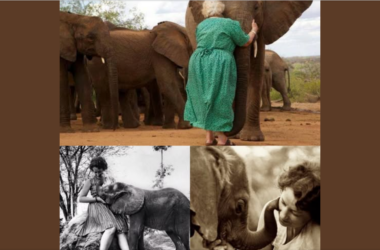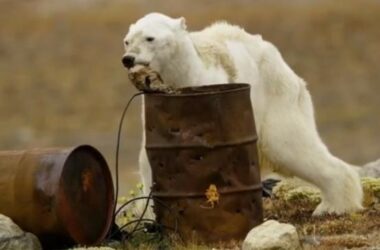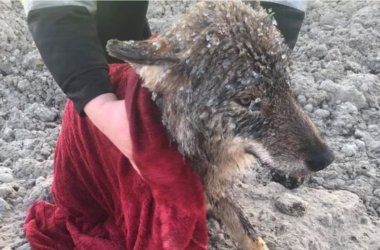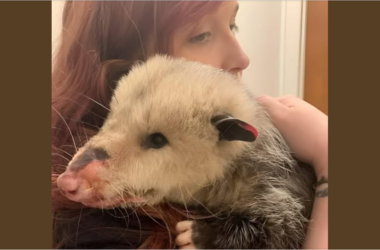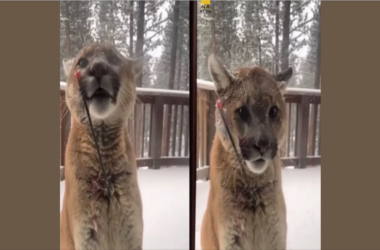She’s older than the Statue of Liberty!!!
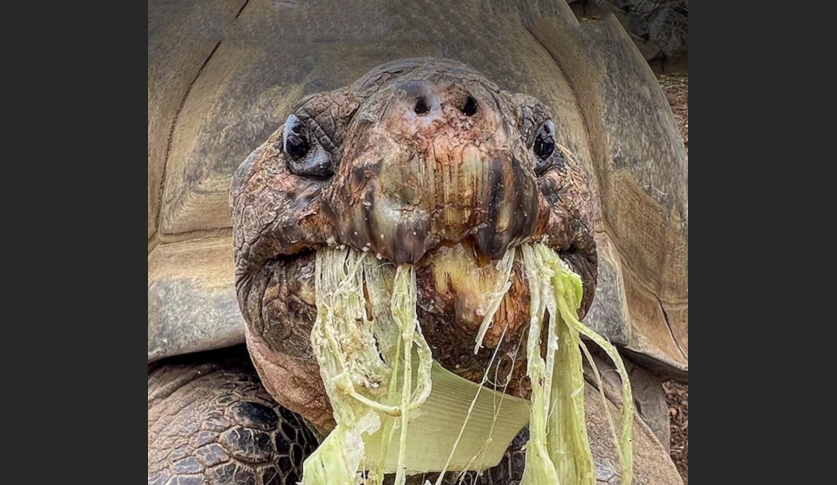
She must have been happy where she was for her to continue waking up every morning. The zoo staff is devastated…
Gramma, the beloved Galápagos tortoise who spent more than a century charming visitors at the San Diego Zoo, has [di.ed] at an estimated age of 141.
Born in her native Galápagos Islands, Gramma was thought to be around 141 years old, zoo officials said. She [pa.ss.ed aw.ay] on November 20. Her exact arrival date at the San Diego Zoo remains uncertain, but records show she was transferred from the Bronx Zoo in either 1928 or 1931 as part of the zoo’s very first group of Galápagos tortoises.
Over the decades, as the world changed around her, Gramma remained a constant source of joy. Known for her gentle and shy demeanor, she lived through two World Wars and witnessed the terms of 20 U.S. presidents. Her caretakers lovingly referred to her as “the Queen of the Zoo.” In her final months, she suffered from age-related bone conditions that worsened, and she was ultimately humanely [eu.tha.ni.zed].

Visitors across generations shared memories online—many recalling meeting Gramma as children, and later bringing their own children to see her.
Cristina Park, now 69, remembered visiting the zoo as a young girl: one of her earliest memories is riding on the back of a tortoise when she was about 3 or 4 years old, an activity no longer allowed today. That experience inspired her lifelong interest in tortoises and conservation.
“How incredible it is that they survive through so much,” Park said. “And yet they’re still there.”
Galápagos tortoises typically live over 100 years in the wild, and often far longer in human care. The oldest known Galápagos tortoise, Harriet, lived at the Australia Zoo until she [di.ed] at 175. She was collected from the islands in 1835, when she was roughly the size of a dinner plate, meaning she likely hatched around 1830.
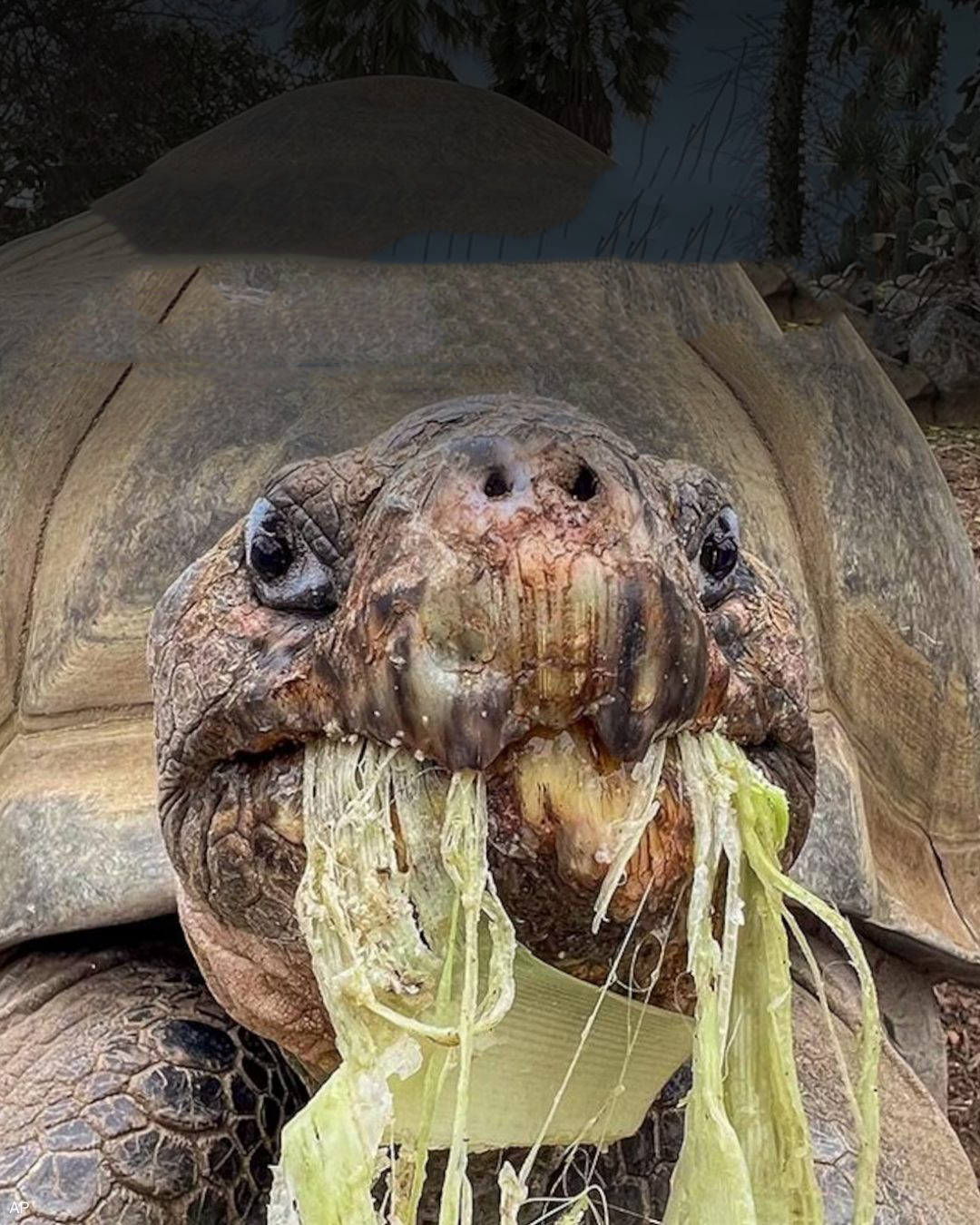
There are 15 subspecies of Galápagos tortoises, three of which have gone [ex.ti.nct]. The remaining subspecies are classified as vulnerable or critically [en.da.nge.red] by the International Union for Conservation of Nature.
Over the past several decades, conservationists have worked tirelessly to restore populations. Since 1965, more than 10,000 captive-bred juveniles have been released back into the wild, helping bring multiple subspecies back from the brink of [e.xt.in.ct.ion].
She was a beautiful, blessed tortoise 🐢. May we all survive through as many significant times as she did.💕🙏🙏
Watch video:
